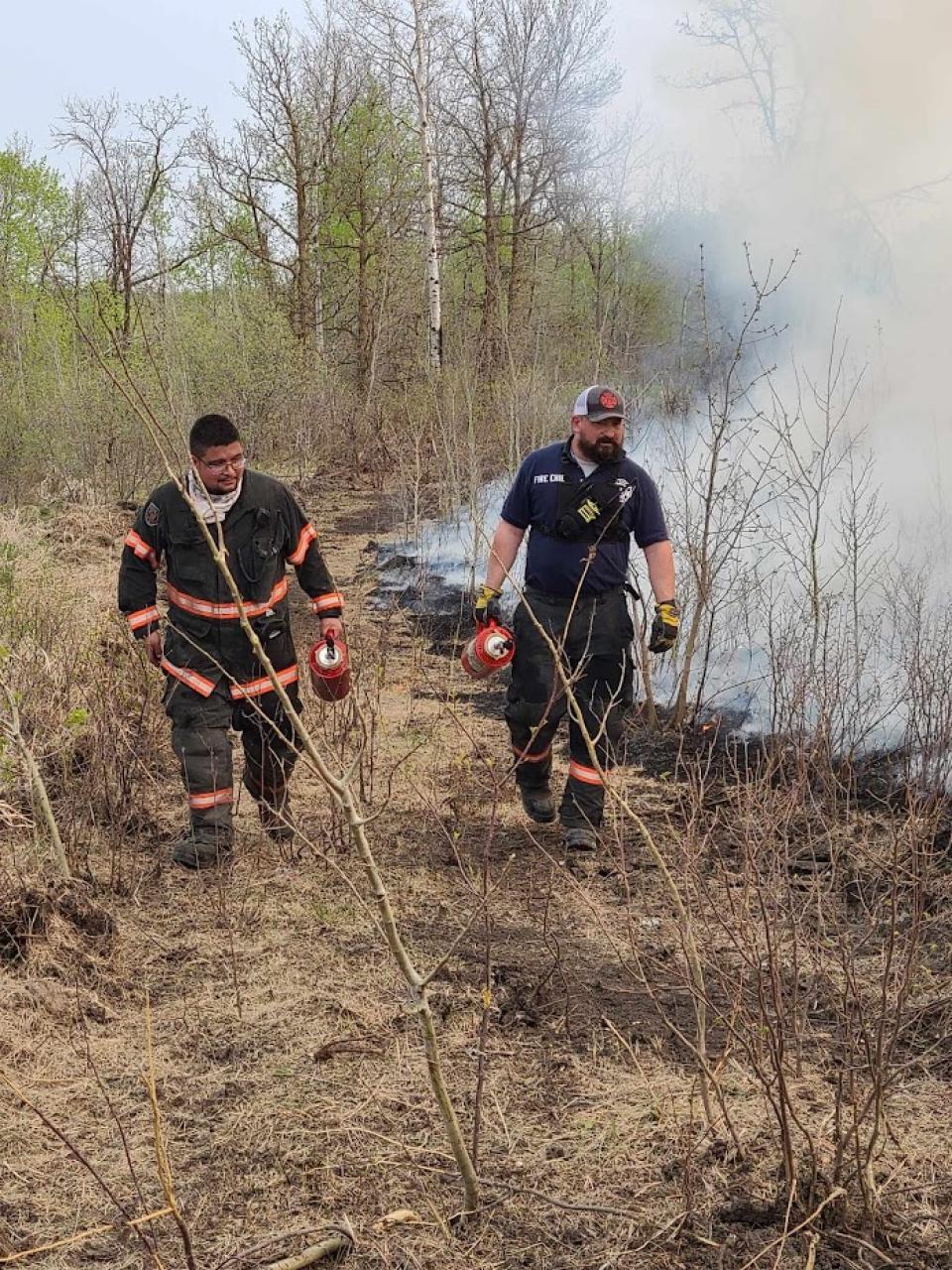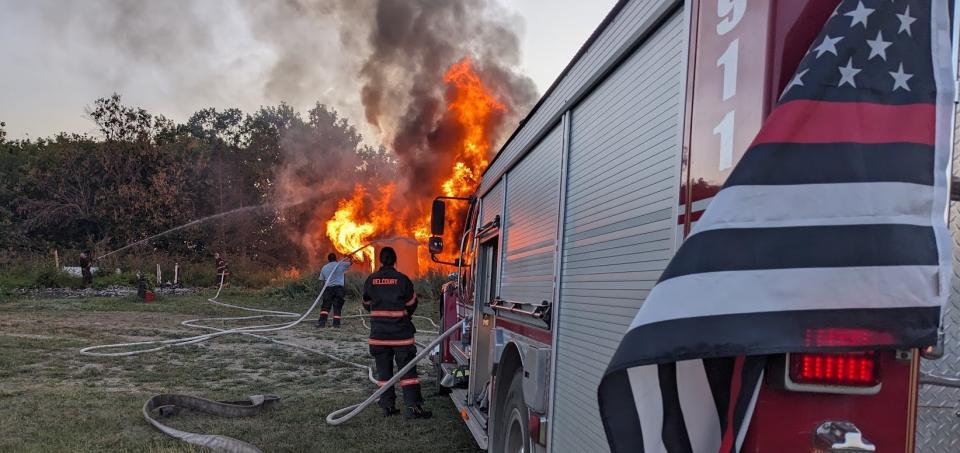Authored by the Turtle Mountain Team
As those in the community know, addressing wildland fire is not simply a fire management, fire operations, or wildland-urban interface problem – it is a much larger, much more complex land management and societal issue. Planning for wildfire response and community preparedness can be especially complex in extremely rural, underserved, at-risk communities. Fortunately, leaders of the Turtle Mountain Band of Chippewa Indians (Turtle Mountain or Tribe) recognize their role in the coordination of broad, community-level activities including the Community Wildfire Protection Plan (CWPP) two-year planning effort currently underway on the Turtle Mountain Indian Reservation in Rolette County, North Dakota.

Malachi Jerome, the Public Information Officer for the Belcourt Fire District, is helping lead the core team on the planning effort.
“This is a much-needed opportunity for our tribal community,” stated Jerome. “Our aim is to develop a plan that considers both community and environmental needs and to develop solutions will not only maintain, but even improve resilience for our people and ecology,” he added.
Turtle Mountain is one of the most underserved communities in the nation. Poverty rates for persons living on or near the Reservation, according to the US Census, are nearly two and a half times higher than the rest of the United States. On the Center for Disease Control’s Social Vulnerability Index 2018, which helps officials identify communities that may need support before, during, or after disasters, Turtle Mountain ranked 0.907 out of 1.0 for being highly vulnerable. Furthermore, the Reservation and surrounding Rolette County, North Dakota are categorized as High Risk for Fires of Concern (FOC) requiring two or more weeks to contain a large, long-duration wildfire. It is the only FOC area of concern in North Dakota.
“We have been working to improve fire response for our community. Risk is high and needs are great. This grant will help the Tribe take it to the next level,” Jerome said.
The Turtle Mountain two-year CWPP project will conduct thorough planning resulting in the adoption of a plan that addresses issues such as wildfire response, hazard mitigation, community preparedness (which includes smoke readiness),and structure protection, and will greatly assist the tribal government in planning and prioritizing future project work. The team will also assess forest health and fire fuels class to examine the health of the natural area, the health of the vegetation, and develop recommendations for both reducing risk and enhancing the health of the forests.
“The aspen/birch forests in the Turtle Mountain region are North Dakota’s largest concentration,” Jerome stated. “They also play a tremendous role in the heritage and culture of the Tribe, we want to do all we can to ensure their health is protected as well,” he concluded.
To learn more visit https://tmchippewa.com/.

Photo Credit: Malachi Jerome, Belcourt Fire Department
